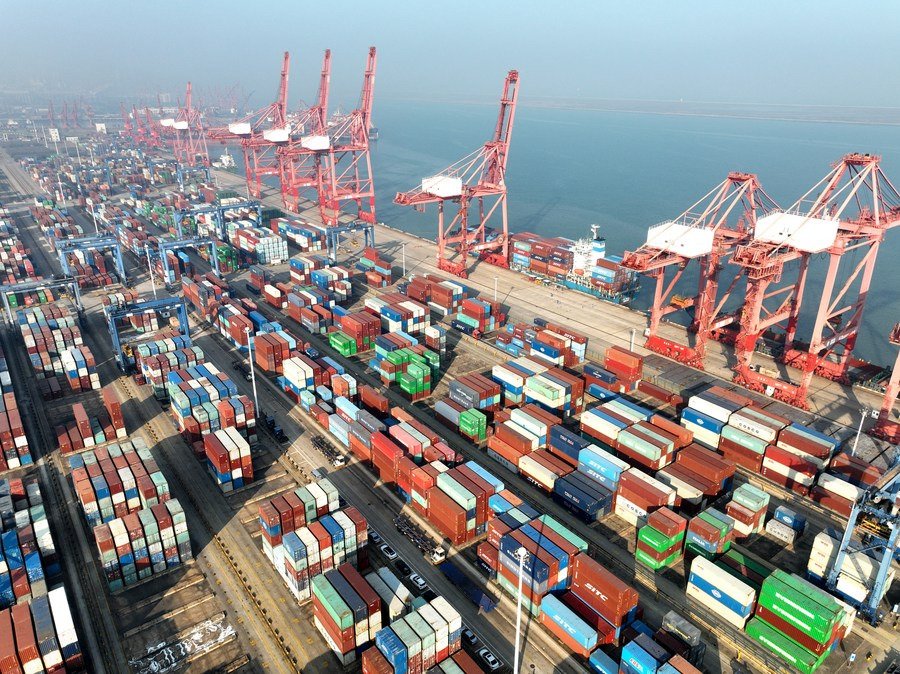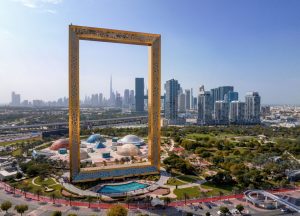Beijing, China – China’s trade in goods with nations along the Belt and Road Initiative in the first half of 2023 increased by 9.8 percent year-on-year, exceeding the nation’s total trade growth for the same period by 7.7 percentage points, Chinese news agency Xinhua said.
According to data released by the General Administration of Customs at a press conference of the State Council Information Office, trade in goods with countries along the Belt and Road accounted for 34.3 percent of China’s total import and export value of 20.1 trillion yuan (US$2.8 trillion) registered in H1.
The data also revealed a 1.5 percent year-on-year increase in China’s trade in goods with other members of the Regional Comprehensive Economic Partnership during the same period.
The Belt and Road Initiative (BRI) is a global infrastructure development strategy adopted by the Chinese government in 2013. The initiative aims to connect Asia, Africa, and Europe through a network of land and maritime trade routes. The BRI has been described as one of the most ambitious infrastructure projects in history, and it has the potential to have a significant impact on the global economy.
The BRI is divided into two main components: the Silk Road Economic Belt (SREB) and the 21st Century Maritime Silk Road (MSR). The SREB is a land-based route that connects China with Central Asia, Russia, Europe, and the Middle East. The MSR is a maritime route that connects China with Southeast Asia, South Asia, the Middle East, and Africa.
As of 2022, the BRI has involved more than 150 countries and international organizations. The total value of BRI projects is estimated to be over $1 trillion. China has pledged to provide $150 billion in funding for BRI projects.







